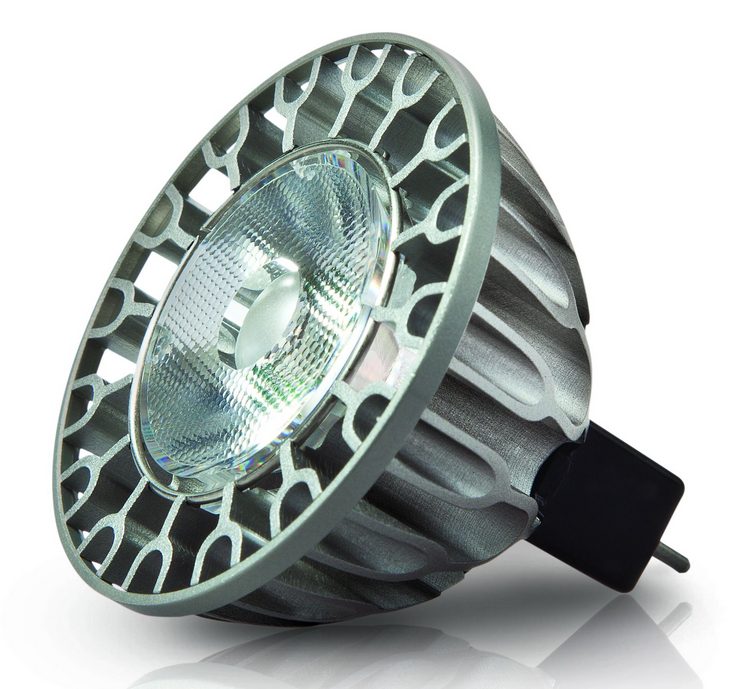
The LED Lamp innovator Soraa, founded by Japanese Nobel Prize winner in Physics, Shuji Nakamura, and Professors Steven P. DenBaars and Jim Speck, has just announced the results of a joint research project with Pennsylvania State University (Penn State) that assessed human preference for the color-rendering of solide-state lighting (SSL) sources. The results state that test subjects widely preferred the performance Soraa LEDs over 85-CRI lamps for illuminating white and color objects.
The results are an interesting prospect, considering Soraa has steadily highlighted the advantage in color- and white-point performance of its technology.

The study collected the preference of 48 test subjects who viewed white and colored objects under a Soraa LED source composed of a violet pump and three phosphors, and compared these traditional LED based on a blue pump and a two-phosphor mix. Perception of colored objects, a white shirt, human skin, and teeth were compared; it was determined that the large majority of the participants preferred the Soraa light source. The company is flaunting the results to illustrate that light quality should be considered as important as efficacy in the selection of light sources.
The question that arises is: what premium people will pay for higher quality. The most important takeaway is that CRI is an insufficient metric for defining color or white performance and that the industry needs a need metric to measure the accurate illumination of white objects.
Source: LEDsmagazine
Advertisement
Learn more about Electronic Products Magazine





